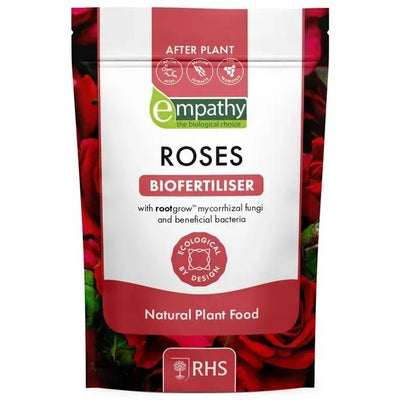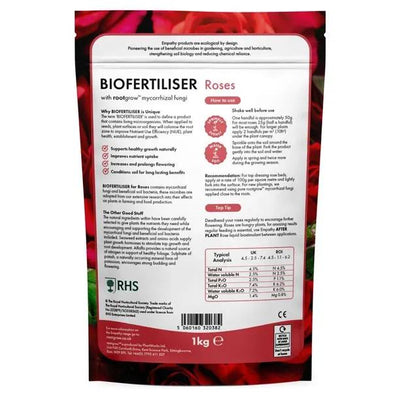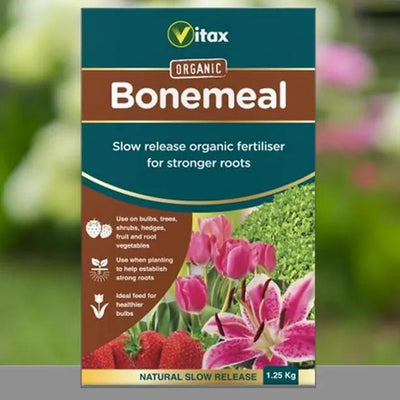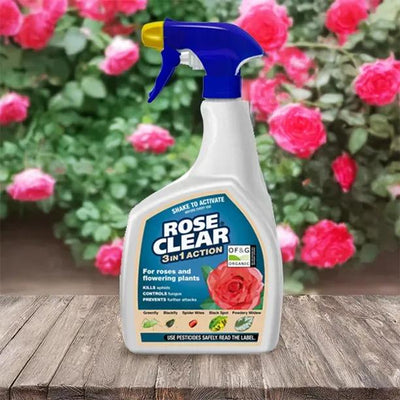Birthday Girl Rose Bushes
'Birthday Girl' is a pretty, delicate affair, full of cheery colour and glossy good looks. Introduced in the late 80s, she's remained steadily popular for her ability to flower profusely all summer and autumn up to the first frosts, as well as for her good disease resistance and fabulous shiny foliage.
Each rose looks like a prize-winning watercolour: a semi-double flower with rich pink edges that blend gently towards the centre first to pale pink, and then into a lovely deep cream colour. A little like those old-fashioned rhubarb and custard sweets from the jar. When fully open, the flowers reveal golden stamens at the centre, and there are lots of them, held in typical floribunda fashion on upward-facing clusters. All in all, she's one of the best floribundas you can buy.
Garden Design Ideas
Being small and well-behaved, she makes a delightful low hedge: around the veg patch, maybe, or surrounding a patio, bringing scent and colour all summer long. She's well suited to any kind of informal cottage garden planting scheme, combining well with a whole range of perennials such as lavender, nepeta, delphiniums, cosmos and hardy geraniums.
She will do well in a roomy pot, given plenty of water and the occasional feed; maybe pop her by the front door to greet you as you come home.
Features
- Height: to 80cm
- Spread: to 80cm
- Colour: soft yellow with cerise edges
- Shape of flower: semi-double
- Size of flower: medium
- Scent: light scent
- Flowering: repeat through summer
- Group: Floribunda rose
- Glossy foliage
History & Trivia
Birthday Girl, also sometimes listed as Cocorico® or The Karnival, was introduced by Meiland rose breeders of France, in 1989. She has won gold awards in rose shows at Bagatelle, Monza, Rome, Saverne, and Baden-Baden.

 Secure, One-Tap Checkout
Secure, One-Tap Checkout
 Hand Picked, Delivered to Your Door!
Hand Picked, Delivered to Your Door! 1 Year Bareroot Guarantee
1 Year Bareroot Guarantee










